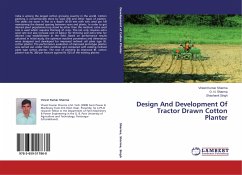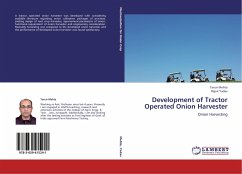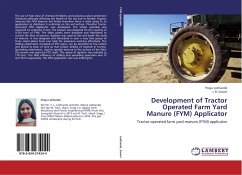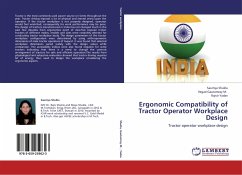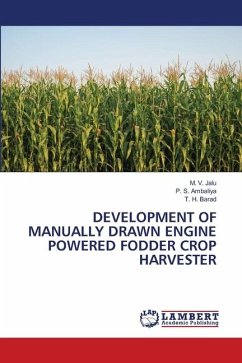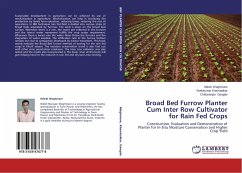India is among the largest cotton growing country in the world. Cotton planting is conventionally done by seed drill and other types of planter. The seeds are sown in line at a depth 30-50 mm with two seed per hill maintaining the desired spacing between rows and plants. In order to get desired plant population/crop stand by other than this method, extra seed rate is used which requires thinning of crop. This not only requires extra seed rate but also increase cost of labour for thinning and extra time for desired crop establishment in the field. Based on performance results obtained in initial study, the optimum machine parameters and dimensions were designed and developed for improved inclined cell plate type Bt. cotton planter. The performance evaluation of improved prototype planter was carried out under field condition and compared with existing inclined plate type cotton planter. The cost of planting by improved Bt. cotton planter was Rs. 380 per hectare against Rs. 625 of the existing planter.

